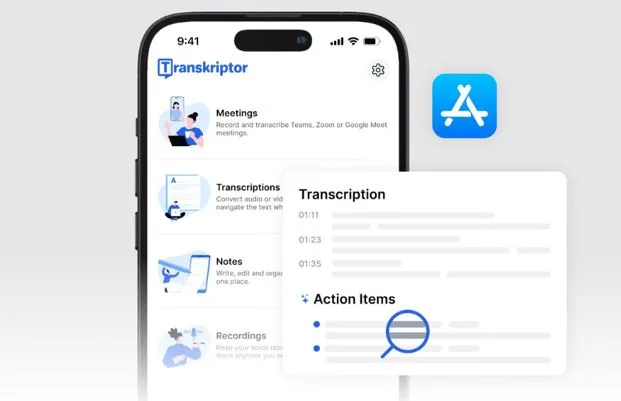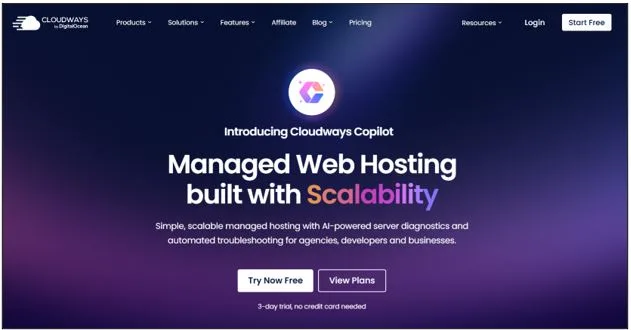The New Language of Productivity: Why Transcription Tools Are Redefining How We Work
In a world driven by constant communication, time is both the rarest and most misused asset in the modern workplace. As digital workflows expand, productivity is no longer measured by how much is said in a meeting or how fast emails are exchanged. Instead, the real marker of effectiveness is how well key information is captured, organized, and reused. This shift has quietly pushed transcription tools to the forefront, turning them into a new cornerstone of efficient digital work.
In today’s hybrid world, the ability to transcribe conversations, ideas, or voice notes in real time is becoming less of a convenience and more of a necessity. Platforms like Transkriptor, a SaaS tool that transcribes any audio or video files into accurate, editable text, are making this transition seamless. They allow teams to spend less time taking notes and more time acting on insights, creating a work culture that favors clarity, speed, and data accessibility.
Work Is No Longer About Just Showing Up; It’s About Capturing Value
In the past, meetings were remembered by what people could recall or scribble into a notepad. Now, with increasing volumes of remote calls, brainstorms, and presentations happening every week, relying on memory or scattered notes is not only inefficient but costly. Every overlooked idea or forgotten action point becomes a missed opportunity.
Transcription tools fill this gap by offering real-time, searchable, and shareable records of spoken content. The implications stretch beyond documentation; they help create a centralized memory for teams. In doing so, they’re quietly redefining what it means to be productive: not just being present, but ensuring every important detail gets captured and turned into action.
The need to Transcribe content accurately is especially critical in environments where speed and precision are paramount. Whether it’s a product manager aligning global teams, a journalist pulling quotes from an interview, or a researcher organizing raw data, transcription helps preserve context without demanding extra effort.
Productivity Now Depends on Context and Recall
The future of work is not only about executing tasks, but also about navigating information overload. Professionals face a barrage of verbal communication—video calls, voice messages, webinars, podcasts- and the mental burden of storing and retrieving that information on demand.
Transcription tools are transforming how that information is processed. Instead of requiring people to multitask between listening and typing, they allow users to focus fully on the conversation, knowing that every word is being recorded and stored for later retrieval. With tools like Transkriptor, users can transcribe meetings and interviews, then revisit key moments with ease. These tools integrate seamlessly with platforms like Zoom or Google Meet, allowing entire conversations to be turned into structured text with just a few clicks.
This evolution shifts the mental load from memory to systems. People no longer need to remember every instruction, decision, or statistic; they just need to know where to find it.
Transcription Is No Longer Just for Admins
There was a time when transcription was seen as a clerical function, something handled by assistants or outsourced to agencies. Today, the narrative has changed entirely. Knowledge workers across industries now rely on transcription as part of their personal productivity stacks.
Engineers use transcripts to review technical discussions without rewatching entire demo recordings. Marketers extract content ideas from brainstorming sessions. HR teams review interviews to make informed hiring decisions. Teachers, consultants, podcasters — all benefit from the same foundational principle: written text is easier to scan, quote, and search than audio ever will be.
This democratization of transcription is a direct result of tools that are easy to use, fast, and highly accurate. Transkriptor allows users to transcribe audio and video with 99%+ accuracy, and has made high-quality transcription accessible to individuals, not just enterprises. What used to take hours or days can now be accomplished in minutes, even from a mobile device.
The Searchable Knowledge Base Is the New Filing Cabinet
One of the hidden advantages of transcription is the ability to turn ephemeral content — voice and video – into durable, searchable assets. This is particularly powerful when transcripts are stored in a way that makes them easy to revisit and reuse.
Whether it’s creating documentation, summarizing client feedback, or tracking the evolution of a long-term project, transcripts serve as a breadcrumb trail through complex conversations. When paired with AI tools, these transcripts can be analyzed, summarized, and even used to generate follow-up questions or next steps.
This shift points to a new model of productivity: one in which conversations don’t end when the meeting is over. Instead, they evolve into living documents that guide future decisions. The humble act to transcribe something now carries strategic weight in how organizations operate and grow.
Why This Shift Matters
The growing reliance on transcription tools is not just a matter of convenience. It reflects deeper shifts in how work gets done. Teams are more distributed, schedules are more fragmented, and attention is more divided than ever before. In such an environment, tools that reduce friction and prevent communication loss are critical.
Transcription meets that need, offering both precision and flexibility. It lets people choose when and how to engage with information – live or after the fact, fully or in summary form. That kind of adaptability is no longer a luxury. It’s a baseline requirement in fast-paced industries where decisions are made quickly and information is currency.
More importantly, transcription represents a cultural shift. It signals a move away from reactive, scattered work toward deliberate, accountable workflows where no insight is wasted.
Final Thoughts
We are no longer working in a world where simply talking things through is enough. In the age of digital collaboration, speech must be captured, processed, and transformed into structured insight. Transcription tools are answering that call, not by replacing human interaction, but by enhancing its value.
As organizations seek better ways to communicate, recall, and act, the power to transcribe becomes more than a technical function. It’s a strategic tool. And with platforms like Transkriptor, which enables accurate, AI-powered conversion of audio and video files into usable text, the path from conversation to action has never been clearer.
The new language of productivity isn’t just written or spoken. It’s transcribed.






